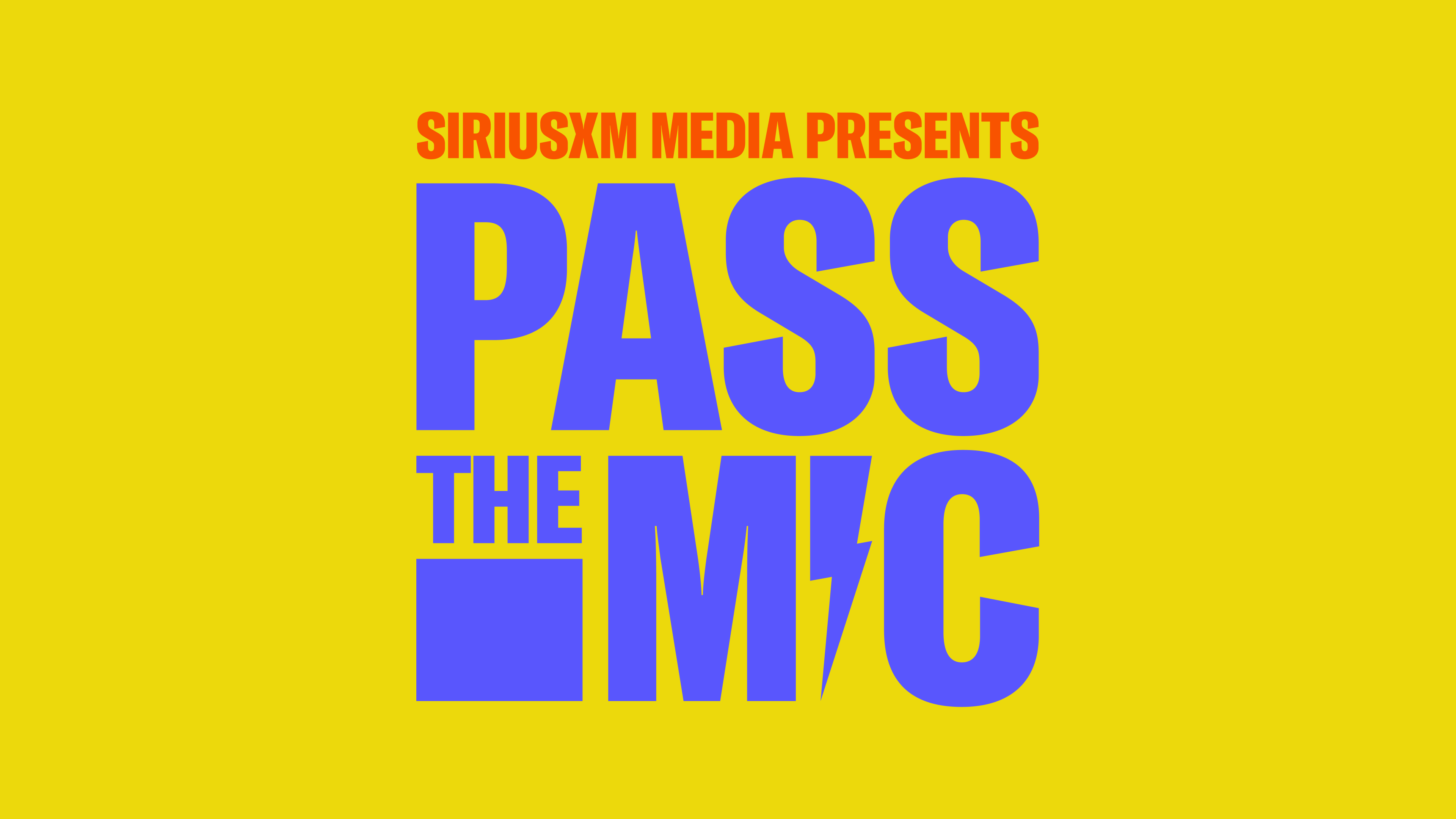
Make Your Podcast Ad Better with These 5 Data-Backed Tips
Hadley Stork, Manager, Ad Innovation Strategy; Melissa Paris, Senior Director, Sales Research; and Miya Kanzaki, Creative Director, Studio ResonateMay 20, 2022Picture this: the results from over 400 podcast ad campaigns, spread out before you. Now, imagine them neatly organized by the top five trends and successes, complete with creative tips and takeaways, ready to use. We did the work for you to make this a reality–all you have to do is keep reading!
Our Insights Lab and Sales Research teams reviewed results from over 300 podcast campaigns with attribution data from Podsights, which measures how podcast ads drive web landings.1 We also looked at Nielsen’s brand-lift data for over 100 campaigns, which gave us information on upper-funnel measures like recall and intent.2 From there, Studio Resonate—our audio-first creative consultancy—distilled the data into five key actions to take. For more on our findings, take a look and listen, below.
The ads below are examples that highlight our findings, crafted by Studio Resonate and Dylan Thuras for fictional advertisers.
1. Strive for Clarity
Of the campaigns we reviewed, 67% of campaigns with attributed visitors above the median hit on all of the following:
Clear communication of product or brand
Clear communication of the promotion when there is one
Clear communication of the call-to-action (CTA)
Across all, we found that if the message is confusing, the listener will be confused, and it will show in the results.
What’s great about the example
• Clear product benefit and CTA • Humorous approach grabs attention • Voiceover suits podcast environment
Ask yourself: Are you trying to fit in so many confusing or complex talking points that your messaging goals are inadvertently being diluted? Results have shown that it’s in your best interest to keep things clear and easy to follow.
2. Be Specific with Savings
Using the specific dollar amount saved is highly impactful. Based on our analysis, nearly three times as many top-performing campaigns used the specific dollar amount saved compared to lowest-performing campaigns. On the other hand, lower-performing campaigns (below the median) were 40% more likely to use a percentage off in their CTA.
What’s great about the example
• $15 off is stated clearly and twice • Host’s personality shines through • Personal experience makes the ad more engaging
Ask yourself: Are you giving the listener a math problem to solve? Make it effortless for your listeners to understand how much they can save by stating a simple dollar amount, rather than a percent.
3. Count Your Brand Mentions
Based on the campaigns we studied, brand mentions are positively correlated with brand lift performance, and generally speaking, more are better. The longer spots (60s+) in our analysis had an average of seven brand mentions, and those with more mentions generated 9% higher purchase intent. The shorter ads (30-60s) had an average of four brand mentions, and those with more mentions had 17% higher purchase intent.
What’s great about the example
• 5 brand mentions • Educational content fits leaned-in listener mindset • Clear CTA
Ask yourself: Does your ad have plenty of brand mentions? If not, find more conversational and creative ways to work it into the script or talking points.
4. Try Pure Branding for Upper-Funnel KPIs
If your goal is to drive upper-funnel metrics like awareness and recall, then it’s important that your messaging reflects that–and you may not need to include an explicit CTA driving listeners to a specific destination or featuring a detailed offer, which are more appropriate for campaigns with lower-funnel KPIs like attribution.
Let’s take the CPG category as an example. We looked at over a dozen CPG podcast ads that laid out the product’s benefits then simply urged listeners to taste or try the product, encouraged them to look for the product at their favorite store (without mentioning a specific retailer), or had no CTA at all. The average scores in unaided recall and aided recall for those ads were a full six points and ten points above Nielsen benchmarks for those metrics, respectively.3
This makes sense–specific CTAs tend to be focused on promotional-based objectives like visiting a website or using a promo code. If your goal is to drive those actions, then it’s definitely a good idea to include a strong CTA. But, if your goal is to drive brand awareness and love, take a moment to consider whether or not you really need to include a CTA.
What’s great about the example
• Host adapts his read style to fit the brand personality • Ad lib at the end gives the listener insight into the host’s creative approach • Aspirational brand attributes come through clearly without the need for an overt CTA
Ask yourself: Are you trying to increase brand awareness or sentiment? Then you may not need to include an explicit call-to-action–especially when the goal is to drive upper-funnel metrics like awareness and emotional resonance. Instead, consider prioritizing more time and freedom to allow personality and creativity to shine, building stronger emotional connections.
5. Include a Promo Code OR Vanity URL, not Both, for Lower-Funnel KPIs
Promo codes and vanity URLs (aka a unique URL that is branded for your podcast campaign like “Glowing Razors dot com slash PODCAST”) are great for driving people to visit your website. It can be tempting to pack both into your ad to drive more visits, but resist the temptation! When compared to the campaigns we looked at which included both a promo code and vanity URL, campaigns with just a promo code had, on average, 18% more visits, and campaigns with just a vanity URL had 220% more visits!
What’s great about the example
• The vanity URL is clearly stated and repeated • The URL signs off the ad, leaving a memorable impression • Personal endorsement makes the ad more fun
Ask yourself: Are you driving audiences to a promotion? Go ahead and create a vanity URL for your campaign. Otherwise, a promo code can work well instead—but remember to use one or the other, not both.
Put These Tactics to Work
With the guidance gleaned from hundreds of podcast ads, and these key tips in hand, you’re ready to unlock the rewards of results-driven podcast advertising. However, we do encourage you to think of these tactics as a guide, and not a formula or strict requirement. As you noticed in the examples, the creative magic that happens in podcast ads and the emotion it evokes will never have a set formula.
Many thanks to Dylan Thuras, host of The Atlas Obscura Podcast– a short, daily celebration of the world’s strange and wondrous places–for the host reads featured above. Like the examples you heard? Studio Resonate can help you create your next campaign. Get in touch with us here, and explore our SXM Media Podcast Universe to learn more about the types of podcast ads featured in this article, available shows, and audiences.
---------------------------------------------------------
Sources
1. SXM Media Meta-Analysis Of Podsights Podcast Attribution Data, 2021
2. SXM Media Meta-Analysis Of Nielsen Podcast Ad Effectiveness Studies, 2018–2021
3. Based upon Nielsen benchmarks for Unaided Recall and Aided Recall at the time of analysis
Related Insights
 Digital Audio
Digital AudioQ & A: The Power of Audio for Retail Media Network Campaigns
Apr 24, 2024 DE&I
DE&I"Be brave and figure it out," Ritu Trivedi from Mindshare
Apr 24, 2024 Digital Audio
Digital AudioDigital Audio Makes Sports Campaigns A Slam Dunk
Apr 23, 2024 Digital Audio
Digital Audio7 Takeaways and Opportunities from the Infinite Dial Report
Apr 23, 2024



